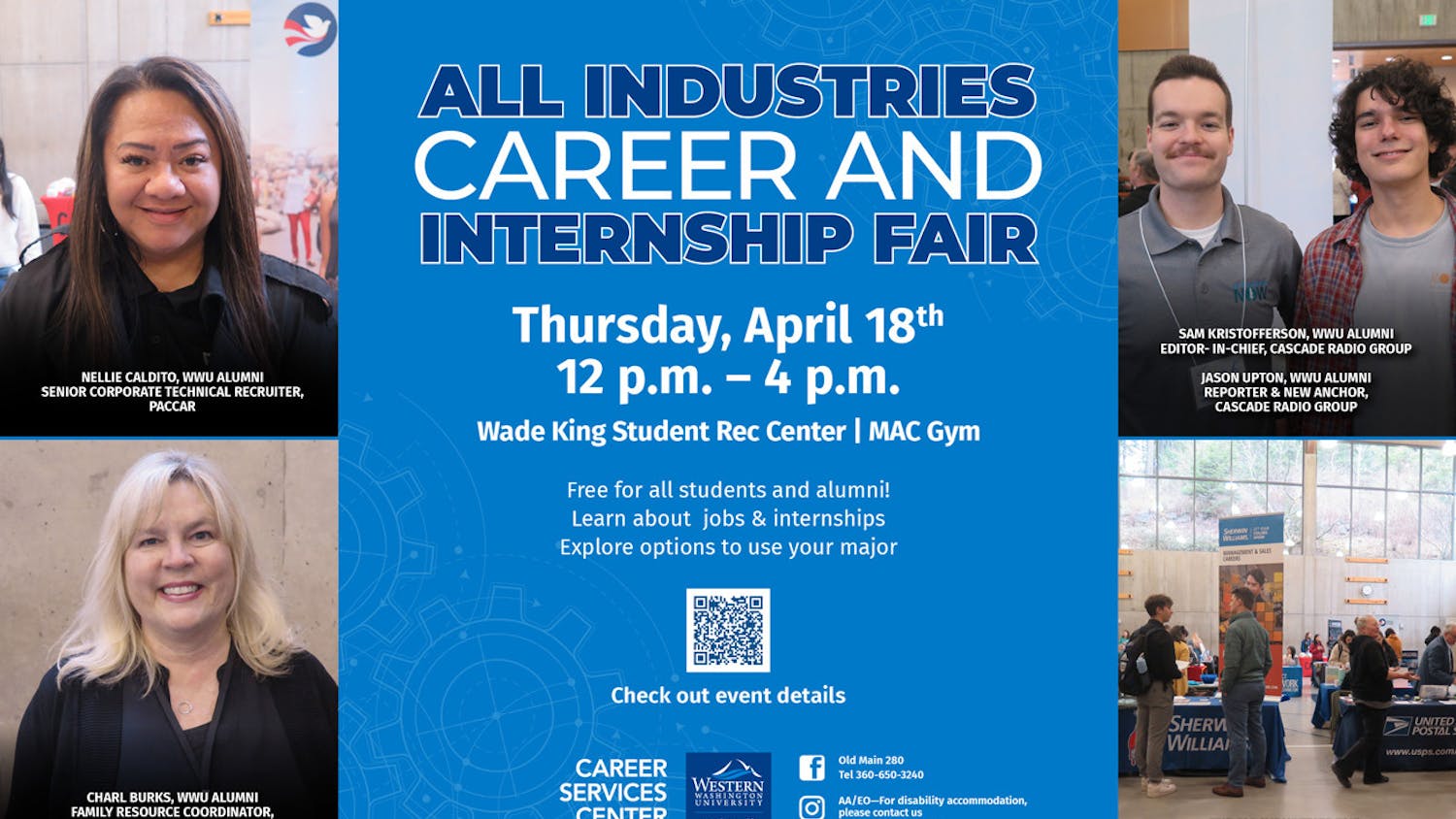The Vehicle Research Institute team gather around their current project Lyn Okse on Monday, Oct. 28. // Photo by Elizabeth Hall By Elizabeth Hall Western’s Vehicle Research Institute is in the process of designing a vehicle made from aluminum honeycomb panels. The institute’s project, Lyn Okse, is supported by the sustainable action fund, which was created by students to support sustainable projects across campus, VRI Director Eric Leonhardt said. Leonhardt said the goal of the project is to demonstrate how to create an electric truck to open up possibilities for the future of better-powered campus vehicles. The vehicle is the first battery-electric design, with all previous projects being hybrids of different electricity generating methods, VRI student Taylor Paulson said. “The fact that it’s a truck is different than a lot of stuff the VRI has built in the past,” VRI student Jacob Thurber said. Thurber said a lot of past cars are sleek and fast, so there’s a clear difference in the design paradigm. Kenny Otani, a VRI student who is working on sealing the gaps between panels and prepping for the next stage of assembly, also said the electric drivetrain is unusual for a truck because it is an uncommon feature in large vehicles, especially with what Lyn Okse is built for. The interesting part of this project is that the entire vehicle is made from aluminum honeycomb panels, Otani said. “Aluminum honeycomb panels are very light and stiff compared to other materials, but the whole vehicle has to be riveted together from tons of tiny little panels, which is very time-consuming.” Other funds for the program’s projects come from university grants, Washington state grants or government grants, Paulson said. Some come from donations as well, but the current project is mainly supported by the sustainable action fund. “Most universities don’t offer the vehicle design degrees, so that was something that drew me to this university,” said Otani. “This program is small, and we don’t have many resources, so funding could be used to help make our program meet the requirements to become an accredited degree.” Thurber said the car is still technically in the prototype stage and takes multiple people to turn on. It is under current testing for the ignition and steering. One component in need of testing is regenerative braking. The plan is to have the motor generate braking power when pressure is let off the gas, recharging it at the same time. The testing will determine how much regenerative braking is needed, Thurber said. The goal is to have it moving on its own power and be able to steer, drive and brake by the end of fall quarter. The car is scheduled for completion by the end of spring quarter, Paulson said. Test driving these vehicles occurs in parking lots or back roads, since most of the cars are registered. The smaller, formula cars are taken to an empty lot at Bellingham International Airport to be driven through courses, Thurber said. An important aspect of Lyn Okse, which Thurber said translates to “lightening Ochs,” is loanability, which means anyone can drive the car without needing to be told any problems or quirks to it. Paulson said it was challenging building Lyn Okse since the students building it were not a part of the design process. This can lead to issues regarding the design that need solutions only known by the design team. Last year’s vehicle, Viking 45, is also in the VRI lab and was restored by alumni, Leonhardt said. It competed in the global Progressives X Prize competition. While most previous vehicles have raced in competition, Lyn Okse is purposed to be a vehicle for the facilities department, Paulson said. Thurber said the vehicle will top out at 35 miles per hour for safety reasons, since it is designed for campus use. However, it is built to do more, including off-roading with its large tires. Paulson said the electric motor in the vehicle generates 100 horsepower. The car is also designed to hold 900 pounds of cargo for the grounds crew, including a lawn mower, tools, and buckets full of supplies, Leonhardt said. “The cool part for me is learning about the electric drivetrain,” Thurber said. “Because that’s difficult to get outside of an electrical engineering degree. That’s kind of the advantage of the vehicle design program: it’s a little broader than most.” Regarding the moratorium state of the program, Paulson said that the department is not as large and supported as it was in the past. The school wants to revamp the program and wants to take the time to do it properly. Part of this derives from when the engineering department transitioned from engineering technology to just engineering, Paulson said. The program used to graduate 20-30 students, but it is down to seven seniors this year. “I think moratorium actually is probably a good thing right now,” Paulson said, since Leonhardt is the only professor in the entire department. Paulson, who grew up around cars his entire life, said the VRI is one of the most hands-on programs at Western. “If you’re not building something, or working on a project outside of class, you’re not keeping up essentially with your coursework.” Otani said one of the pillar structures that will support the roof is attached by only three rivets because the team didn’t want the vehicle to look bare for alumni weekend. This has yet to be fixed.





